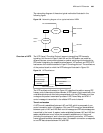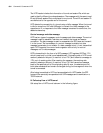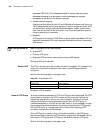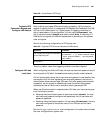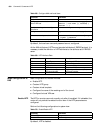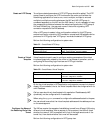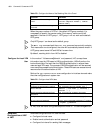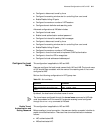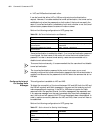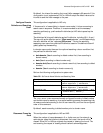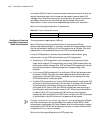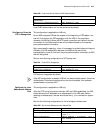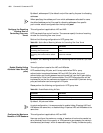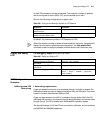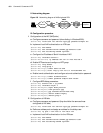
Advanced Configuration at LAC or LNS 611
■ Configure to disconnect tunnel by force
■ Configure the receiving window size for controlling flow over tunnel
■ Enable/Disable hiding AV pairs
■ Configure the maximum number of L2TP sessions
■ Configure domain delimiter and searching order
Advanced configurations at LNS side includes:
■ Configure the local name
■ Enable tunnel authentication and set password
■ Configure the interval for sending Hello messages
■ Configure to disconnect tunnel by force
■ Configure the receiving window size for controlling flow over tunnel
■ Enable/Disable hiding AV pairs
■ Configure the maximum number of L2TP sessions
■ Configure to force the local end to implement CHAP authentication
■ Configure to force the LCP to renegotiate
■ Configure the local address and address pool
Configure the Local
Name
This configuration is applicable to LAC and LNS.
Users can configure the local tunnel name at both LAC and LNS. The tunnel name
at LAC should keep consistent with the name of the receiving end of the tunnel
configured at LNS.
Perform the following configurations in L2TP group view.
Table 675 Set Local Name
By default, the local name is the host name of router.
The tunnel name configured through the tunnel name command at LAC side
must be consistent with the name of the remote receiving tunnel configured
through the
allow l2tp command at LNS side.
Enable Tunnel
Authentication and
Setting Password
This configuration is applicable to LAC and LNS.
Before creating a tunnel connection, the users can decide, as needed, whether to
enable tunnel authentication. There are three tunnel authentication modes as
follows:
■ LAC authenticates LNS.
■ LNS authenticates LAC.
Operation Command
Set the local name. tunnel name name
Restore the default value of the local
name.
undo tunnel name



